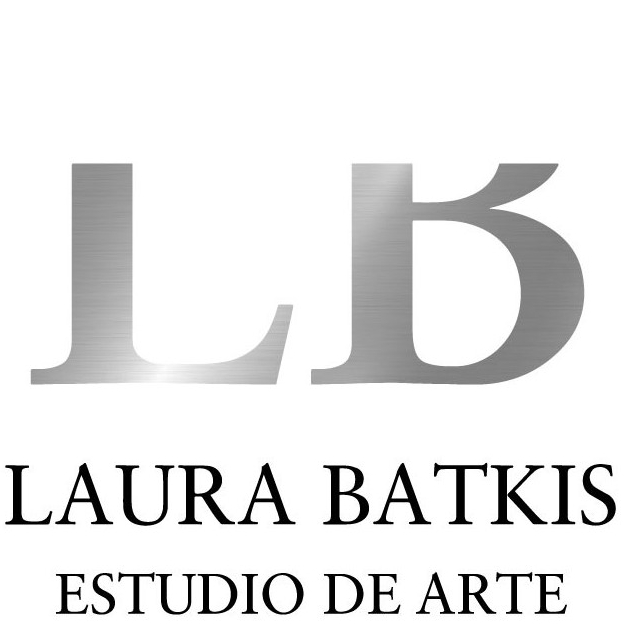Intramuros
Clorindo is awesome – Clorindo Testa
Year II, No. 2 – Fall 1996
I met Clorindo Testa in person in 1991. At that time, I was working at the Ruth Benzacar Gallery, curating and mounting art exhibitions. What I remember most about the montage of that exhibition is that it was fun. We all laughed a lot, both me and the other people who worked in the gallery. I was also impressed by the way he assembled his works with absolute spontaneity. For example, for the installation of the “Láminas que faltan en el inventario dibujado por el obispo Martínez Compañón sobre Trujillo del Perú en el siglo XVIII” (“The Missing Sheets in the Inventory Drawn by Bishop Martínez Compañón about Trujillo in Peru in the 18th Century”), he placed three chairs, took some rolls of paper, modeled them with his hands and placed them on top of the chairs, an operation that must have lasted about ten minutes. The result was remarkable: there was no doubt that in the exhibition there were three nuns kneeling, attending the bishop’s funeral.
I began to sense that I was in front of a very special character; I thought “this man is serious” or, as today’s young people would say, “Clorindo is awesome.” And so appeared my amazement. Trying to record and capture every moment of his presence, I called Damian Roth to film a guided tour that Testa gave to all of us, Ruth Benzacar’s team, a few hours before the opening of the exhibition. Throughout the guided tour, Testa was carrying a cup of Turkish coffee in a very unconventional way. He walked around with the saucer and the cup, placing his right hand on top of it, with his fingers closed in a spiral shape, forming a kind of flat support, like a natural support surface. Probably this detail was the reason why today I do not remember exactly what Testa said on that occasion because during the whole talk, I was concerned with how he balanced the coffee cup and at what moment it would fall, which never happened. Now it occurs to me that it is still a system that is very much used by Testa to create his works. I could write a text as a tribute to the artist about “Clorindo Testa’s spilled Turkish coffee cup during the guided tour in his exhibition in the basement of Florida Street.” It would be just like his series on explosions, where he paints the explosion of the Mint in Potosi. Although this event never took place, it had a way of existence in Belgrano’s imagination, who actually gave the order for its destruction, but it was never carried out because of those strange things in Argentine history. When I moved to my apartment on Cerviño Street, I bought a painting by Clorindo Testa called “Esta es mi casa” (“This is my house.”) Around that time I started to do my doctorate on the subject of “The use of historical and iconographic sources in contemporary Argentine art.” I won a scholarship at the Fondo Nacional de las Artes (National Arts Fund) and started working on Testa’s artwork. It was the perfect excuse to visit his studio and talk to him. Patricia Rizzo helped me to organize his archive, and I wrote a work entitled “Art as a metaphor for historical reality.” There I expose the way in which Testa manipulates iconographic sources, in the case of “La fiebre amarilla” (“The Yellow Fever”) by Blanes, and updates the historical account by means of detours and falsifications that produce new significant formulations that are operative in the process of definition and cultural identification of Argentine history.
Testa is one of the most intelligent men I have ever met. I filmed him, interviewed him, wrote about him, and I also have a painting by him. I have a Siamese cat named Hamlet because I like Shakespeare. I hope Testa won’t be offended because I’m thinking of buying another cat and naming it Clorindo. It will be another way of having him around.
BY LAURA BATKIS
